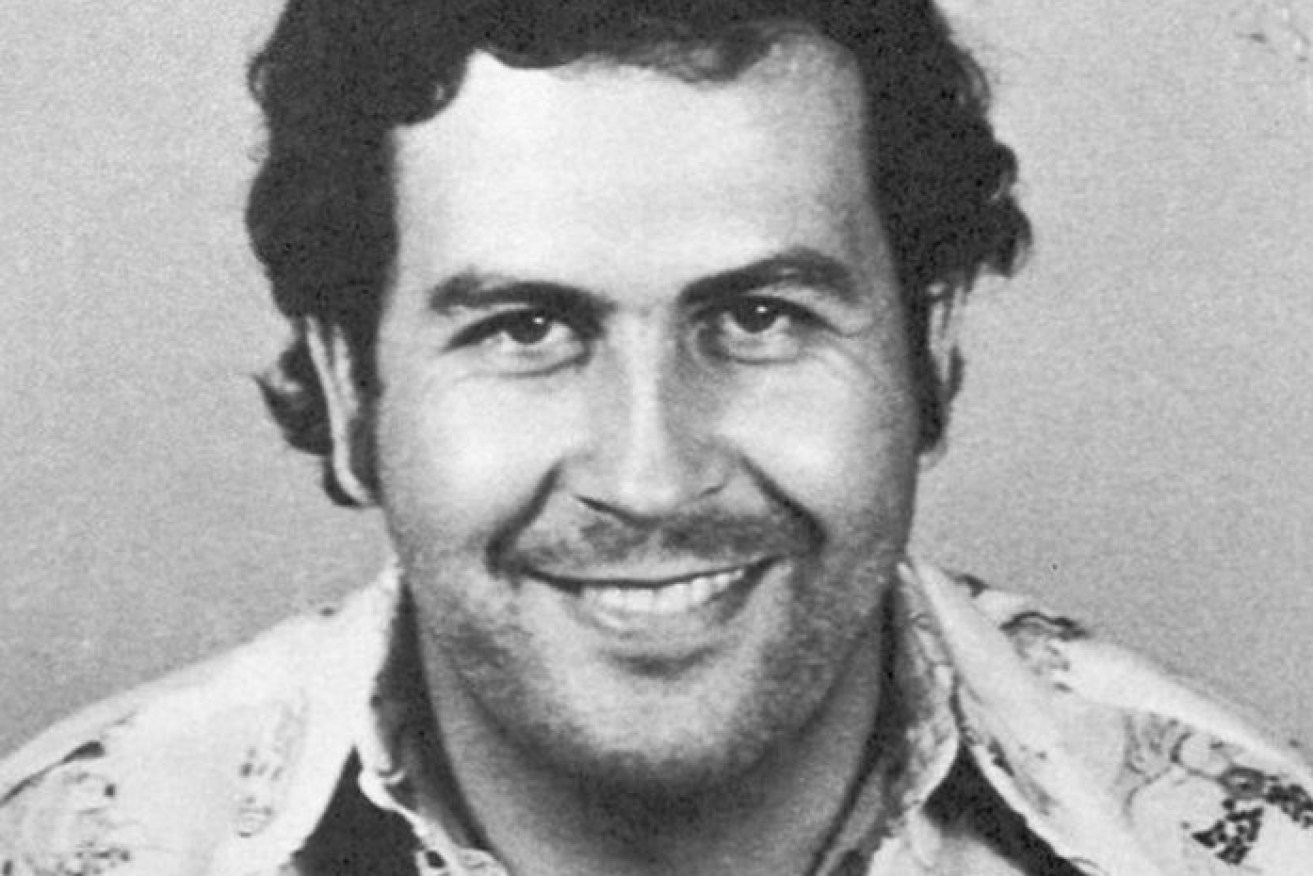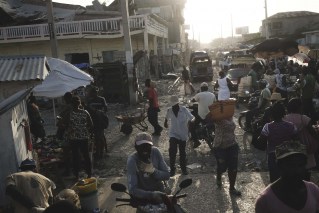More than 80 hippos roaming Colombia’s major river, thanks to Pablo Escobar

Infamous drug cartel leader Pablo Escobar was killed in 1993. Photo: Colombian National Police
For years, Pablo Escobar and the Medellin Cartel were larger-than-life criminals who amassed a fortune in Colombia and were a scourge to their enemies.
The Medellin Cartel of Escobar, Jorge Ochoa and Carlos Lehder were drug traffickers who took part in extortion and mass killing, amassing a fortune that made Escobar one of the world’s richest criminals.
Escobar’s style when dealing with authorities tended to be to bribe them or execute them.
Escobar was killed in 1993, but his life of luxury at the Hacienda Napoles ranch left a negative legacy for the Colombian environment, specifically around the town of Doradal, where hippopotamuses have been known to roam the streets or end up at the soccer pitch.
At the height of his power in the 1980s, the drug lord brought four hippos to a private zoo at his sprawling estate, along with giraffes and elephants.
After his death, other animals were taken away but the hippos were deemed too difficult and remained at the property.
Now an estimated 80 hippopotamuses, perhaps more, live in the area around the Rio Magdalena, Colombia’s principal river.

The hippos are a danger to locals, including children. Photo: AP
The rapid growth of their numbers has authorities worried residents could be attacked – the three-tonne animals can be aggressive and kill more people per year in Africa than any other wildlife species.
Since Escobar’s death, the animals have thrived in the area’s large lakes and waterways, and grass pastures, and have brought a tourism boost.
But the animals are affecting the native flora and fauna, with indications their presence is displacing some species.
A study by researchers at the University of California, San Diego, found the hippos were changing the quality of the water.
The hippos feed at night then spend the day cooling off in the water where they defecate, changing the chemistry in the lakes.
“That can have various negative consequences, from the outbreaks of harmful algae blooms and things like red tide bacteria,” said Jonathan Shurin, a UCSD biologist who led the study.
“If their population keeps growing the way it is, the potential impact could be much more severe.”
That has left authorities scrambling to come up with a solution to the hippopotamus problem.
Cornare, the environmental agency for the region, has been tasked with finding a solution residents are comfortable with but deals with the animals in a humane way.
“It’s urgent,” said Gina Serna, a specialist with Cornare.
“We already have a report of a family of hippopotamuses in the Magdalena River. The Magdalena connects almost all of Colombia, so they could move into any part of the country.”
Now a plan has been hatched to sterilise the animals.
Ms Serna and a group from Cornare last year conducted an in-the-wild surgical sterilisation of a female, the first in Colombia.

A woman hand feeds a hippopotamus despite the threat the animals pose. Photo: AP
It’s a complex procedure that requires luring and trapping a hippo in a corral before using sedatives to put it to sleep.
Just cutting through a hippo’s dense layers of skin, fat and muscle takes three hours.
The animal is then sterilised and stitched up and allowed to return to the wild while their recovery is monitored.
Later this year, Cornare will attempt multiple surgical sterilisations, as well as a chemical sterilisation technique that has been successful in pigs.
But they acknowledge that won’t be enough to contain a hippopotamus population that is estimated to quadruple over the next 10 years and could eventually reach into the thousands.
For now, it’s as much as they can afford.
“With more help and more money, we could be more effective,” Ms Serna said.








